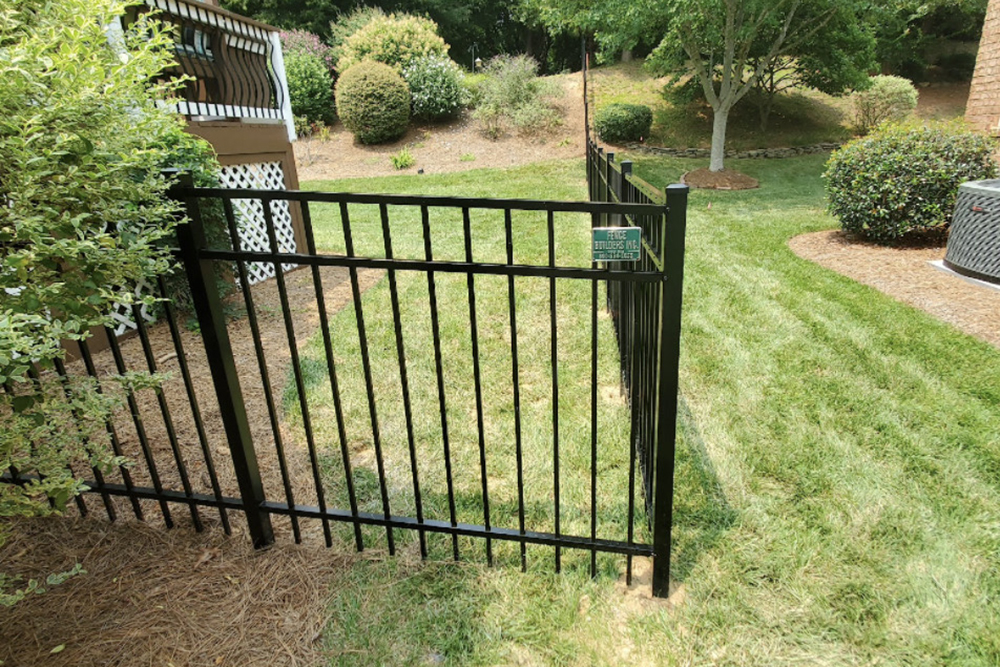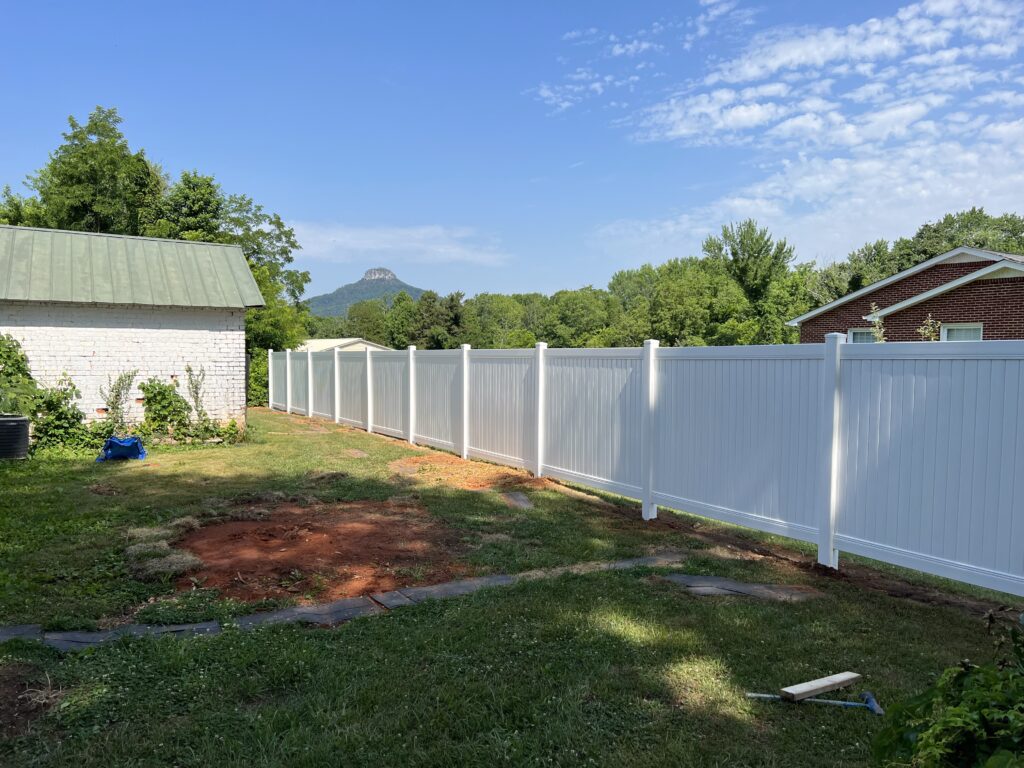Choosing the right height for your fence can transform your outdoor space completely. This decision goes beyond mere aesthetics—it affects privacy, security, and even how you interact with your neighbors. This guide will help homeowners like you make informed decisions about fence height by considering various factors.
The height of your fence is more than just a number; it’s a reflection of your needs and style. Whether you’re looking to boost privacy, enhance security, or add curb appeal, the right fence height plays a pivotal role. This blog post will walk you through crucial considerations for choosing the ideal fence height for your home.
In this guide, we’ll cover everything from understanding your primary purpose for the fence to navigating legal regulations and balancing privacy with aesthetics. By the end, you’ll have a better idea of what height your fence should be to meet all your requirements.
Determining Your Fence’s Primary Purpose
Privacy, Security, or Beauty?
Understanding why you need a fence is the first step. Different purposes require different heights:
- Privacy: If keeping prying eyes out is your main concern, aim for a higher fence, typically between 6 to 8 feet.
- Security: For deterring intruders, fences around 6 feet are usually sufficient. Some homeowners prefer taller for extra peace of mind.
- Aesthetics: If you want to boost curb appeal, a shorter, decorative fence might suffice. These are usually around 3 to 4 feet high.
Consider what’s most important to you. The primary purpose will significantly influence the height and style you choose.
Legal and Community Regulations
Know the Rules Before You Build
Before you start building, it’s critical to understand local regulations:
- Local Building Codes: Many municipalities have specific rules regarding fence height. Check with your local city or county office to avoid fines or having to tear down your fence.
- Community Associations: If you belong to a Homeowner’s Association (HOA), they likely have guidelines that dictate maximum and minimum fence heights. These rules are often in place to maintain neighborhood aesthetics.
- Boundary Laws: Ensure your fence does not encroach on your neighbor’s property. It’s a good idea to have a survey done if boundaries are unclear.
Adhering to these regulations can save you legal trouble and keep the peace with your neighbors.
Aesthetic Considerations
Designing a Fence That Complements Your Home
A fence should blend with your home’s design. Here’s how:
- Material: Wood, vinyl, metal, and composite materials each offer distinct looks and maintenance levels. Choose one that matches your home’s exterior.
- Style: From picket to panel fences, style matters. Picket fences often suit traditional homes, while modern homes might benefit from sleek, horizontal designs.
- Color Coordination: Don’t overlook color. A well-chosen hue can tie your fence into your home’s overall design scheme beautifully.
By considering these factors, you’ll ensure your fence enhances rather than detracts from your home’s curb appeal.
Privacy Needs
How Much Privacy Do You Really Need?
Assess your privacy needs to determine the appropriate fence height:
- Yard Usage: If you use your yard for entertaining or relaxing, you might prefer a taller fence for added seclusion.
- Proximity to Neighbors: Close neighbors might necessitate higher fences. Larger properties can often get away with shorter fences.
- Window Views: Consider the sightlines from your house. If you want to block views from specific windows, measure accordingly.
Understanding your privacy needs ensures you build a fence that provides the seclusion you desire.
Balancing Privacy and Aesthetics
Can You Have It All?
Achieving both privacy and beauty is possible with the right strategy:
- Mixed Materials: Combine materials like wood and lattice for a design that offers privacy without feeling oppressive.
- Stepped Fences: If your yard is sloped, consider a stepped fence that follows the land’s contour, providing full coverage while looking natural.
- Plant Integration: Use climbing plants or shrubs along your fence to add greenery and soften the look.
Balancing these elements creates a fence that’s both functional and visually pleasing.
Maintenance and Long-Term Considerations
Think Ahead to Avoid Hassles
Choosing the right height is also about future maintenance:
- Material Durability: Some materials, like vinyl and metal, require less upkeep than wood but may not offer the same aesthetic appeal.
- Accessibility for Repairs: Higher fences might be harder to maintain. Consider how you’ll access and repair your fence over time.
- Weather Considerations: Think about how weather in your area affects materials. For example, wood may warp in humid climates, requiring more frequent maintenance.
Plan for the long-term to ensure your fence remains a benefit, not a burden.
Fence Builders Inc: Your Trusted Partner
At Fence Builders Inc., we understand that choosing the right fence height can be overwhelming. Our team of experienced professionals is here to help you navigate the process, from initial design to installation and maintenance. We offer a wide range of materials and styles to suit your needs, whether it’s privacy, security, or aesthetics. Contact us today for a consultation and let us help you build the perfect fence for your home. Remember, when it comes to fences, it’s not just about the height – it’s about finding the perfect balance between function and style.



